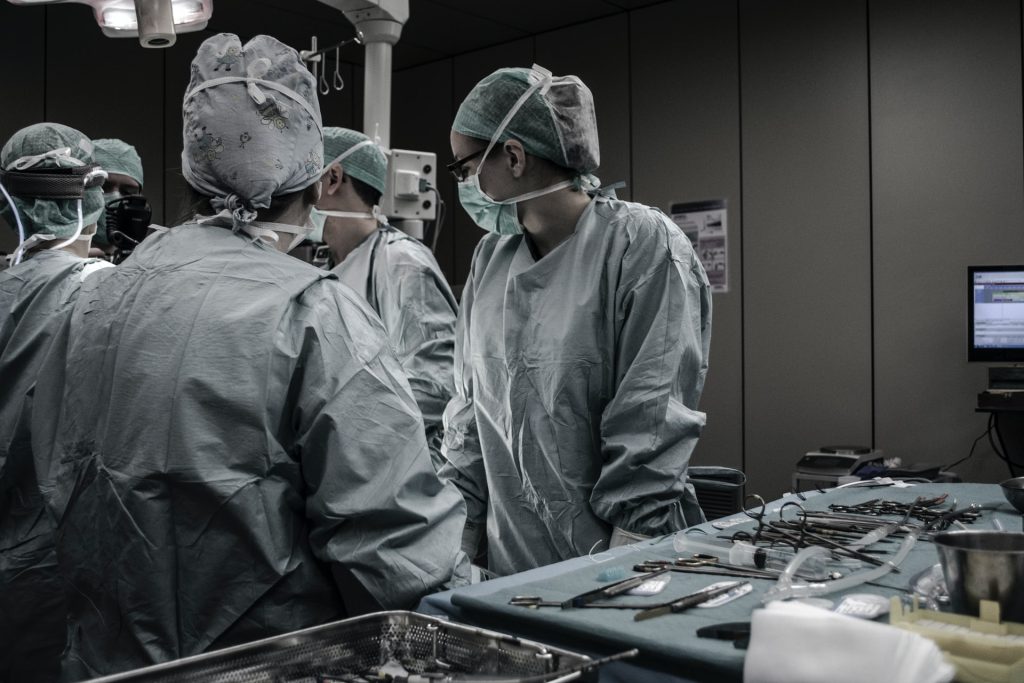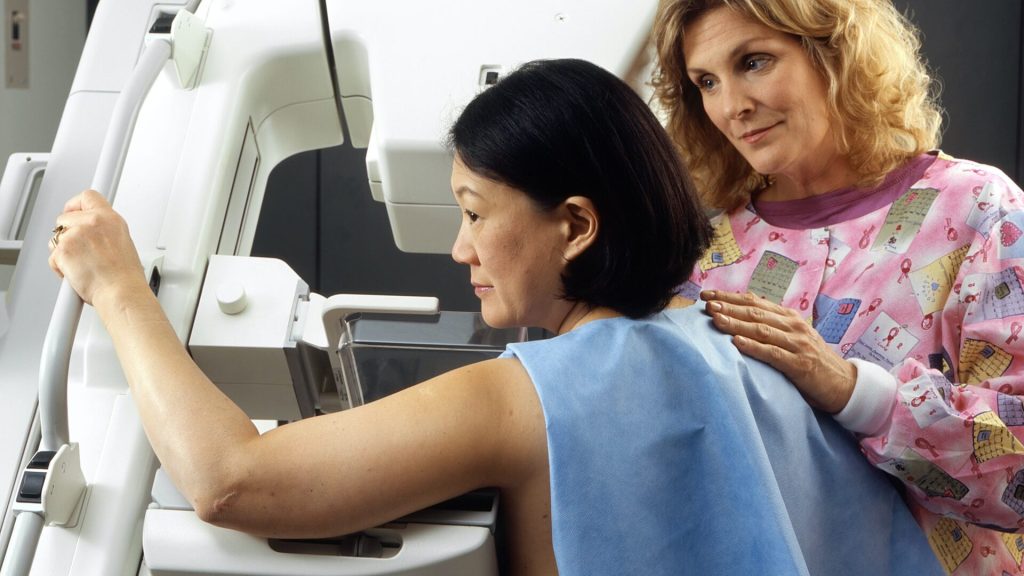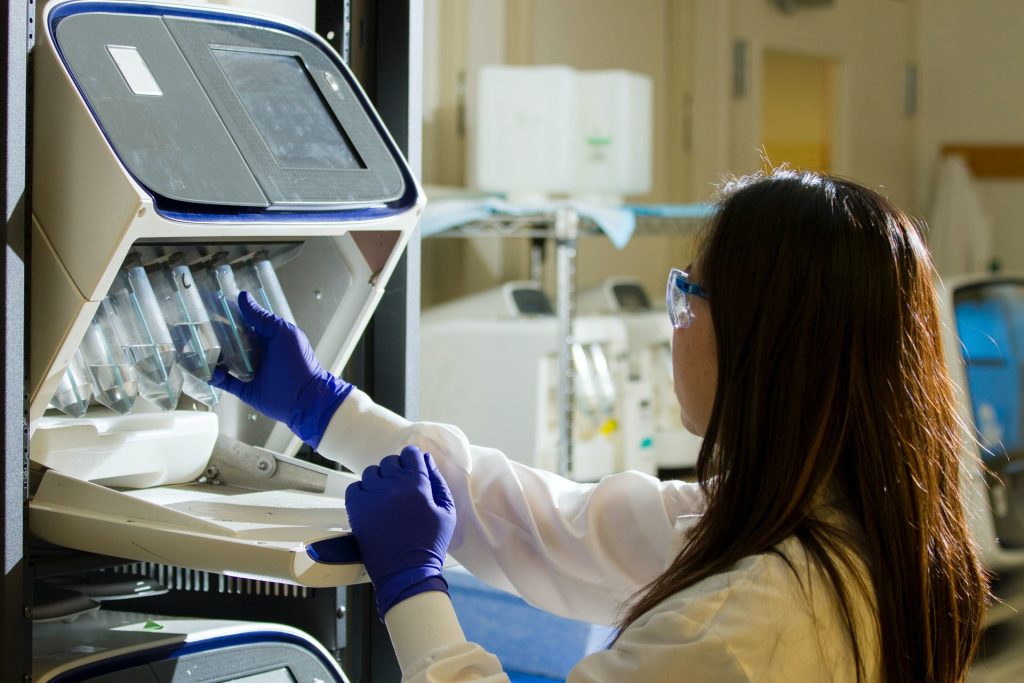New Connection Found Between Diabetes and Alzheimer’s

Researchers have added to the body of evidence linking Type 2 diabetes to Alzheimer’s disease.
In a study published in Communications Biology, researchers show that chronic hyperglycaemia impairs working memory performance and also alters key aspects of working memory networks. Insulin insensitivity has been linked to memory deficits, cognitive decline, and many of the characteristic symptoms that have been displayed in Alzheimer’s disease. At the same time, Type 2 diabetes has remained one of the most adjustable risk factors for the development of Alzheimer’s disease.
“Diabetes is a major risk factor for developing Alzheimer’s disease, but it is not clear why,” said James Hyman, study author and associate professor of psychology at UNLV. “We show that a central feature of diabetes, hyperglycaemia, impairs neural activity in ways that are similar to what is observed in preclinical Alzheimer’s disease models. This is the first evidence showing neural activity changes due to hyperglycemia overlap with what is observed in Alzheimer’s systems.”
“As the number of Alzheimer’s disease diagnoses rapidly rises and the incidence of diabetes and pre-diabetes has accelerated, it’s crucial that we understand what connects these two disorders,” said coauthor Jefferson Kinney, chair and professor in UNLV’s Department of Brain Health.
The researchers found that two parts of the brain crucial for memory, the hippocampus and the anterior cingulate cortex, were over-connected, or hyper-synchronised. When it came time to recall the information and complete a task, these two parts of the brain – which are affected early in Alzheimer’s progression – were over-communicating with each other, resulting in errors.
“We know synchrony is important for different parts of the brain to work together. But, we’re finding more and more these days, that the key with neural synchrony is it has to happen at the right time, and it has to happen with control,” Prof Hyman said. “Sometimes, there’s just too much ‘talking’ between certain areas and we think this leads to memory difficulties, among other things.”
Prof Hyman likens the situation to a CEO who hands over a majority of the company’s business operations to their son, who then decides to upend previous communication structures and become the sole gatekeeper of information.
“The only communication the CEO has is with one person, as opposed to talking with all of the other people in the office,” Prof Hyman explained. “It is possible that in Alzheimer’s patients there’s over-connection in certain areas where there should be flexibility. And in the models in our study, we’re seeing evidence of that in real-time at these crucial moments to do the task.”
This discovery not only provides new insights into brain activity in the hyperglycaemia model, it also provides an important new measure which can be used in future research.
“Our next step is to combine the biochemical markers and electrophysiology data to test specific mechanisms responsible and potential treatments,” said Prof Kinney. “This research will now be able to work towards understanding the risk as well as what may be able to be done to help.”
Source: University of Nevada, Las Vegas






